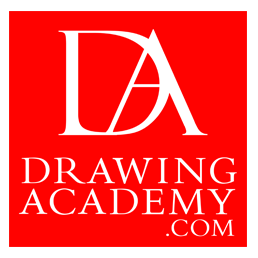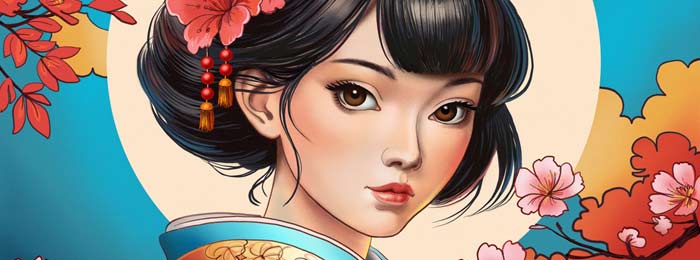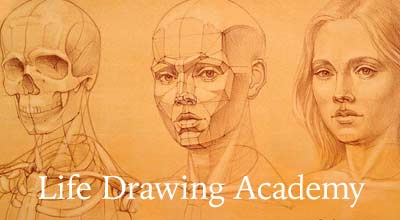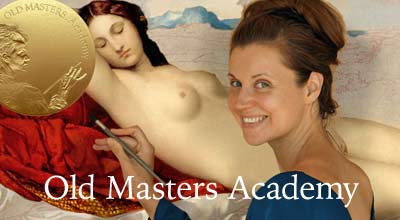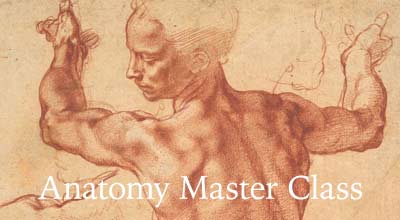Drawing a manga portrait using Huion KeyDial Mini
Watch this video to find out why Huion KeyDial Mini is a perfect addition to your digital drawing equipment.
In this video, you will see the complete process of drawing a manga artwork and learn how Huion KeyDial Mini can help you with shortcuts. If you are a digital artist, illustrator or designer, this device is a great tool to have. It is available from Huion official store as well as on Amazon:
Huion Official store
Huion Amazon store (US)
Huion Amazon store (UK)
It comes in a nice box. The model number is K20. The device is placed in a plastic pouch. It is compact, well-built, and feels solid. At the top, there is a USB-C port, and on its side, the power button. A sleek dial is at the top, and below, there are 18 programmable buttons. The box also contains a Quick Start Guide with easy to follow instructions. There are two self-adhesive sets of button labels. The cable has USB-C and USB-A connectors. The L-shaped connector plugs into the device and another end can be connected to your computer or pen-display. I will plug this Keydial Mini into a laptop to fully charge it. You can notice that the LED lit logo is now on. Before using this device, you need to install a driver, which is available from the Huion website. The installation process is easy and straight-forward. When the device is fully charged, you can unplug it. It can be connected to a computer wirelessly. To pair, simply switch the device on and press the top four buttons simultaneously. Next time you switch this device on, it will connect to your computer automatically.
The driver interface is easy to understand. Just select the Keydial Mini option to adjust its settings. The Brightness of the LED is changeable, from zero to five. The Dial Setting should be On if you plan to use it. You can also adjust the dial’s sensitivity. The sleep time will influence the battery use. You can also restore defaults at any time. In the corner, there are battery and Bluetooth indicators. The default settings are programmed for generic use, but you can change those settings to whatever you want. To do such a setup, add a program you want to use. I will draw in Rebelle 6, so it has to be on. The dial has three functions, but I only need one – zooming in and out. To switch between functions, you need to press the round button on the dial.
Now, let’s talk through the buttons. The top-left is for displaying the settings. I will keep it as is. This button is for 100% view. The shortcut is zero. After zooming in and out, it will be easy to switch to actual size by pressing this button. I assigned the top-right button to fit the drawing area to the screen. To change settings, simply click on a button and select whatever you want it to do. In this case, I want a keyboard key shortcut. The keystroke is entered by pressing the corresponding keys on your computer keyboard. Also, you can give a name for that action. Here, I typed “Zoom 100%”. The shortcut for the “Fit to screen” action is different; it is Command-zero. By the way, if you are not using shortcuts, you should. It greatly speeds up the workflow. For example, to see all the shortcuts for the Rebelle drawing program, go to “Rebelle”, “Preferences”. In the “Keyboard” tab, you will find all the shortcuts for different uses. Such shortcuts may consist of one, two or three keys. Just check out all the options and make a note of those key-combinations that you may use most often when using a program. I’m sure you already use many shortcuts, but the challenge is that when you draw on a pen-display, a keyboard might be placed at some distance, so replacing it with a Keydial Mini is a good solution. Another useful shortcut is “Undo”. I’m sure you use it often in almost every program. So, setting it up for Rebelle makes sense. If you use “Undo”, the next one you need is “Redo”. It is used less frequently, so a smaller button next to the previous one is a good choice. I program the “Enter” button as “Save”. One of the mistakes digital artists make is not saving files often enough and sometimes losing unsaved changes. The next three pairs of buttons will be dedicated to adjusting colors. This button will increase Hue. I will name it accordingly. The button below will decrease Hue. Its shortcut consists of three keys. The next pair of buttons will change Saturation. The top button will increase saturation. I will give it a corresponding name. The bottom button decreases saturation. And two more buttons will adjust tonal values of colors. The top button will make the color lighter. While the button underneath will darken it. There are also two important keys I want to assign to the Keydial Mini. The Shift button, and the Command button. On Windows OS, this would be the “Control” key. And finally, the “Brush Reset” function will be next to the Command button. This would do for now. Of course, you can restore defaults at any time. When you are happy with new settings, it is better to backup them. Just export the set, so it could be used later should you reset your settings or use this mini device with another computer. There are several more options to choose from, including the interface color, language, etc.
